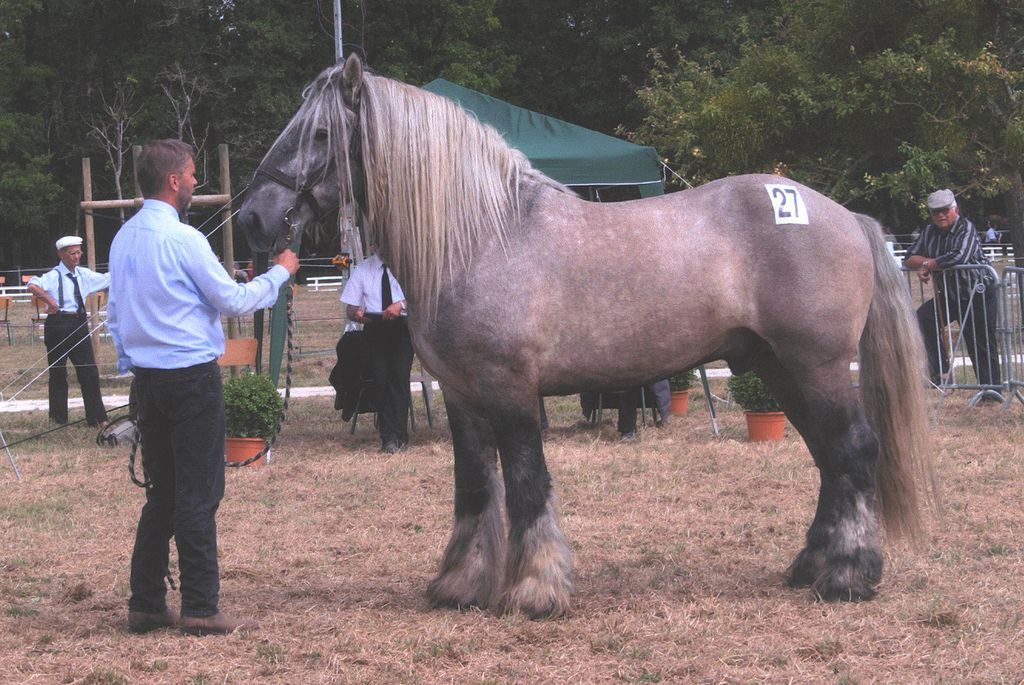The Poitevin horse
The Poitevin, or Poitevin Mulassier (due to its ability to produce mules and mules) or Trait Mulassier or even the Poitevin Mulassier horse is the result of a long selection process based on horses bred freely in the marshes of the West Atlantic (Poitou, Vendée) and the Frisian and Brabant horses that accompanied the Dutch engineers who came in 1599, at the request of King Henri IV, to carry out major works in the region.

Native mares crossed with these northern horses gave rise to the Mulassière Poitevine breed. The Poitevine breed remained pure until around 1840. By this time, mixed Breton, Boulonnais and Percheron horses were appearing. Half-bloods were then introduced. Numbers were very low in the nineties. Today, the population is increasing. However, mule production will only be able to resume once there are sufficient mares.
Caractère et aptitudes du cheval
Calm, gentle and easy to handle, this horse is hardy, resistant, robust, strong and reliable.
Utilisations du cheval
Mostly used for draft work, the Poitevin is well suited to carriage driving. Crossing the Poitevin mare with a donkey (the Baudet du Poitou) produces a mule or a Poitou mule, a very sturdy, strongly built animal, incomparable for pack and hitching.
Morphologie du cheval
Strong, rather long head. Straight profile. Wide gauntlets. Large, long ears. Small eyes. Body more elongated than thick. Long neck. Well-developed withers. Shoulders long, sloping. Chest broad and deep. Back often long, broad. Wide loins. Croup wide and sometimes swollen. Powerful limbs. Wide joints. Dewlap. Large hooves. Coat: diverse colors: gray, black, Isabella with mullet stripe. Abundant mane. Height: 1.55 to 1.70 m.


